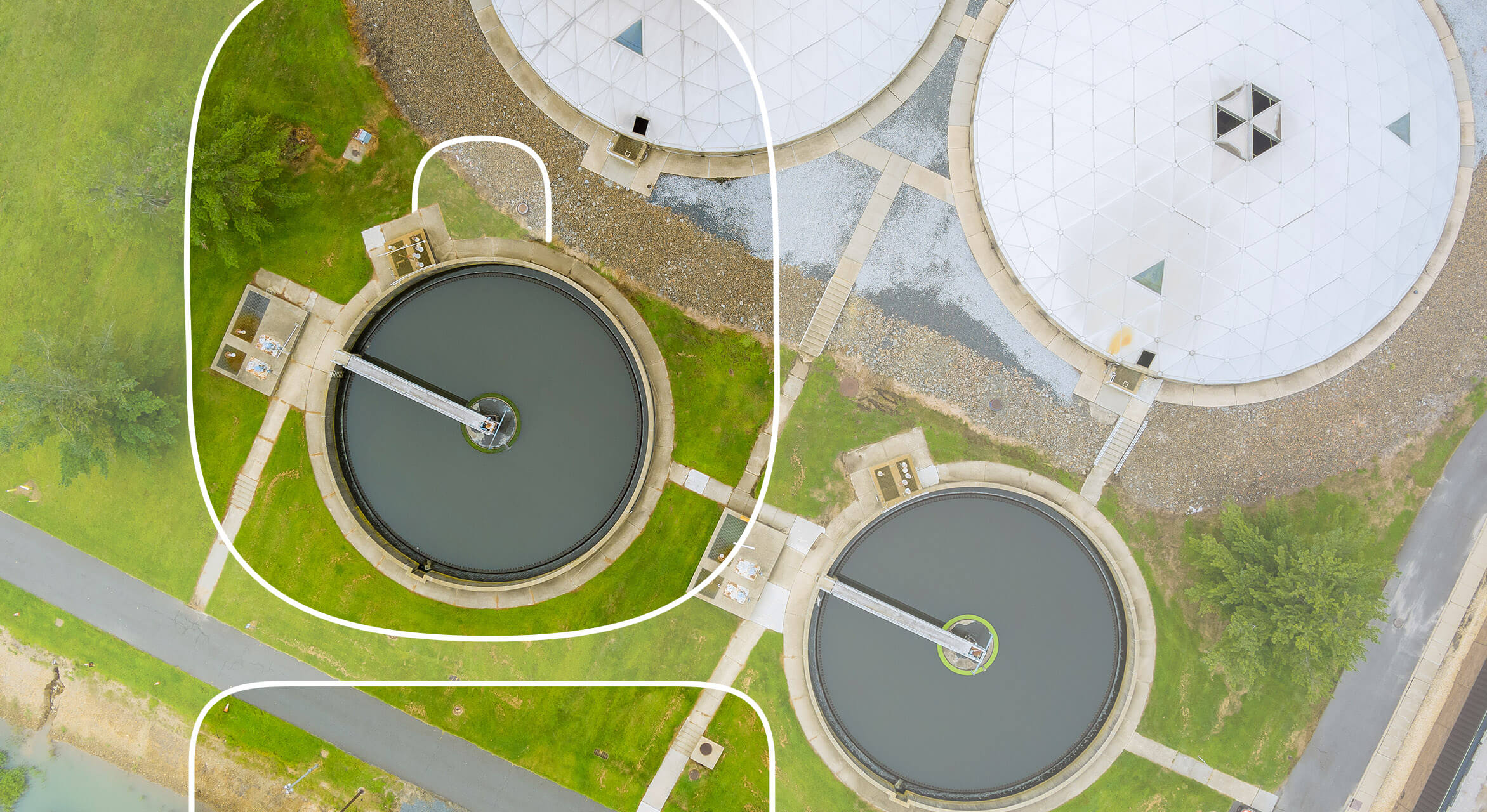Improving Wastewater Treatment with Green Innovations
Improving Wastewater Treatment with Green Innovations
Blog Article
Understanding Wastewater Treatment Processes and Their Environmental Impact
The details of wastewater treatment processes play an essential function in mitigating ecological obstacles connected with water air pollution. Each stage, from preliminary to sophisticated therapies, is created to attend to certain pollutants, eventually securing both public wellness and water ecosystems.
Introduction of Wastewater Treatment
How is wastewater transformed right into a safe source for the setting? Wastewater treatment is a vital procedure made to get rid of contaminants from made use of water, thus safeguarding public health and wellness and protecting communities. This process starts with the collection of wastewater from domestic, industrial, and industrial resources, which is then directed to therapy centers.
At these facilities, various physical, chemical, and organic approaches are employed to treat the wastewater. First screening gets rid of huge particles, followed by sedimentation to different larger solids. Consequently, biological therapies, such as triggered sludge processes, use microbes to damage down natural matter. These techniques not just lower contaminant degrees however additionally promote the recovery of important nutrients.
The dealt with effluent can be safely released right into all-natural water bodies or recycled for watering and commercial purposes, advertising source conservation. Additionally, the therapy process generates biosolids, which can be repurposed as plant foods or dirt amendments, better boosting sustainability.
Stages of Treatment Processes
The wastewater treatment process generally is composed of three key stages: preliminary, primary, and second therapy. Each phase serves an unique role in reducing the contaminant lots and making sure the effluent satisfies ecological criteria prior to discharge.

The key treatment phase focuses on the physical separation of suspended solids from the wastewater. Through sedimentation, larger particles settle at the end of sedimentation containers, developing sludge, while lighter products, such as oils and greases, float to the surface area and are skimmed off. This process substantially minimizes the organic and not natural load in the wastewater.
Second therapy is an organic process aimed at further reducing the concentration of natural matter. This stage is essential for achieving the required biochemical oxygen need (FIGURE) reduction, eventually leading to cleaner effluent prepared for discharge or additional therapy.

Advanced Therapy Technologies
Complying with the secondary therapy processes, progressed treatment innovations play a crucial function in additional enhancing the high quality of dealt with wastewater. These modern technologies are developed to eliminate residual pollutants that are not properly eliminated throughout main and secondary treatments, guaranteeing the effluent meets stringent regulative requirements.
Among the widely used advanced treatment techniques are membrane layer filtration, reverse osmosis, and progressed oxidation processes. Membrane purification, including microfiltration and ultrafiltration, is reliable in dividing fine bits, pathogens, and colloids from the water (Wastewater). Reverse osmosis uses semi-permeable membrane layers to remove liquified solids, causing premium water suitable for numerous applications
Advanced oxidation procedures (AOPs) employ solid oxidants to deteriorate organic pollutants, consisting of pharmaceuticals and Click This Link individual treatment products that are resistant to conventional therapy. These techniques enhance the biodegradability of complex substances, facilitating their removal.
Another considerable modern technology is making use of organic nutrient elimination procedures, which especially target nitrogen and phosphorus, preventing eutrophication in receiving water bodies. In general, innovative treatment innovations are necessary for accomplishing higher degrees of purification, advertising water reuse, and protecting public health and wellness while attending to the difficulties connected with wastewater monitoring.
Environmental Benefits of Treatment
Various environmental advantages develop from reliable wastewater treatment processes that add to ecosystem health and wellness and sustainability. Largely, these processes dramatically minimize the launch of damaging toxins into all-natural water bodies, which helps keep water environments. By eliminating contaminants such as heavy steels, nutrients, and pathogens, treated wastewater minimizes the danger of waterborne illness and promotes biodiversity in marine atmospheres.
Moreover, wastewater therapy facilities commonly employ innovative modern technologies that allow water recycling and reuse. This practice not just conserves freshwater sources but likewise decreases the demand on all-natural water materials. Boosted nutrient removal from wastewater can likewise stop eutrophication, a procedure that brings about algal flowers and subsequent oxygen exhaustion in aquatic systems.
In addition, effective treatment procedures can lessen greenhouse gas discharges, especially methane and nitrous oxide, which are often released throughout neglected wastewater disintegration. By capturing and making use of biogas from anaerobic digesters, facilities can convert waste into renewable resource, thereby adding to a reduction in fossil gas dependency.
Difficulties and Future Fads
While the environmental advantages of wastewater therapy are clear, several difficulties continue that impede optimum outcomes in this area. One significant issue is aging facilities, which frequently brings about inefficiencies and enhanced functional prices - Wastewater. Many treatment plants were developed years earlier, and their capacities do not align with contemporary needs, that include more stringent regulatory standards and higher volumes of wastewater because see this of urbanization

Looking in advance, there is a growing focus on source healing and circular economic situation principles within wastewater therapy. Developments such as anaerobic food digestion, which can generate biogas, and progressed filtering technologies are obtaining grip. These methods not just improve treatment performance but additionally promote sustainability.
Ultimately, resolving these difficulties requires cooperation among stakeholders, financial investment in innovation, and a dedication to continuous study. By accepting these trends, the wastewater therapy sector can progress to meet the needs of a changing environment and society.
Verdict
To conclude, wastewater therapy processes play an essential role in improving environmental high quality and public health. The multi-stage treatment structure, coupled with sophisticated technologies, successfully mitigates contamination and advertises lasting water administration. By resolving residual impurities and minimizing nutrition runoff, these procedures add to the preservation of marine environments and the decrease of greenhouse gas discharges. Proceeded innovations and adaptations in therapy methods will be crucial click this site for overcoming emerging obstacles and ensuring the sustainability of natural deposits (Wastewater).
Report this page